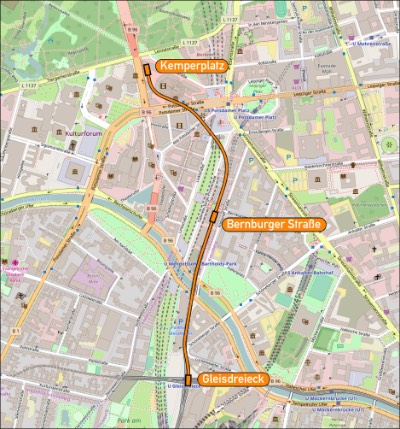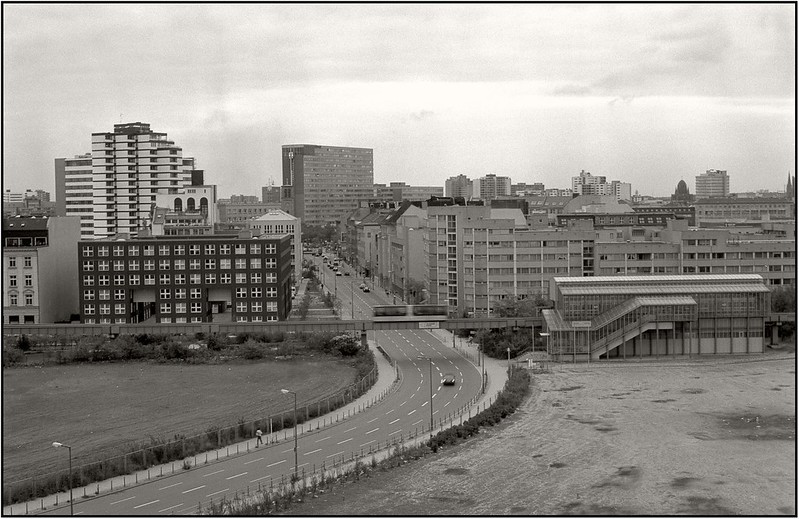The public transport system in Berlin is quite complete and includes ferries, buses, trams, and trains split into the S-Bahn and the U-Bahn. But, for a brief moment in time, there was also the Berlin M-Bahn, and we will always regret not being able to take a ride in one since it was made out of service back in 1991, a little after the reunification of Germany.
Because there was a wall splitting the city in half, there were a lot of issues when it comes to public transport in Berlin. The Berlin M-Bahn came to fruition as a solution for all these problems.
If you have no idea what is a Maglev train, you might be wondering why we wrote an article about it here. The first time we heard about it was on a Simpsons episode called Marge and the Monorail. At that time, Berlin already had an experience with it, but we didn’t know anything about it. A maglev train uses a set of magnets to move the train up the tracks. Yeah, you read it right. Maglev is a floating train and Berlin was the first world capital to have one.
The Brief History of the Berlin M-Bahn
The idea was to use this Maglev train as an extension to the U-Bahn, from Gleisdreieck to a new station called Kemperplatz and to Potsdamer Platz. Since Potsdamer Platz was directly under the border of East Germany, no trains could stop there, and the western area close to it required a connection to the U-Bahn. This is why the Berlin M-Bahn was built.

In August 1989, the first rides happened at the Berlin M-Bahn and passengers didn’t even need to pay for it since the service was still in test. In July 1991, the M-Bahn was integrated into Berlin’s public transportation system. But, remember what we mentioned about the reason behind these trains?
The Berlin Wall fell in 1989, and the Berlin M-Bahn was only fully ready in 1991. At the time it was ready, there was no more reason for it to exist and reestablishing the U-Bahn and S-Bahn became more critical than the Berlin M-Bahn.
Two months after its official opening, the Berlin M-Bahn was dismantled and, in February 1992, there were no signs of it anymore. Kemperplatz was demolished, and now it’s where the Sony Center building is located. Bernburger Str. was close to where Mendelssohn-Bartholdy-Park is today, and Gleisdreieck is the only station that still stands today, but it was reclaimed for its original use as a U-Bahn station.
If you want to learn more about the Berlin M-Bahn, you need to take a look at the Wikipedia article about it or what the Tages Spiegel wrote about it back in 2016 and where the top picture comes from.
If you like what you read here, you should join us on our facebook group, follow us on Facebook and Twitter and, maybe, even our Flipboard Magazine. Or even, subscribe to our newsletter!
